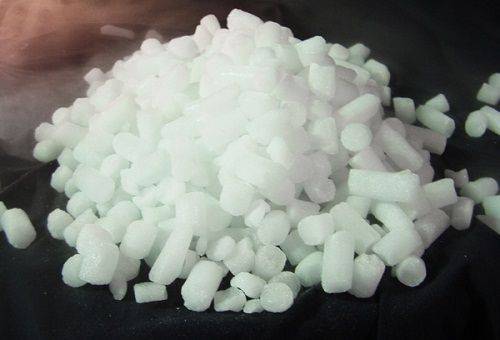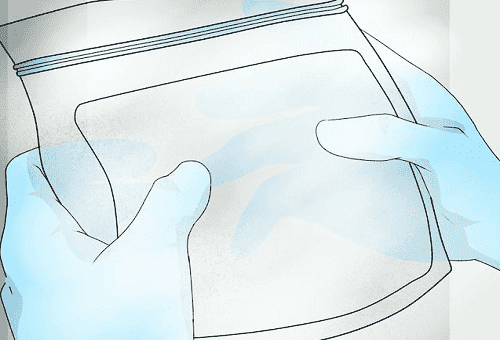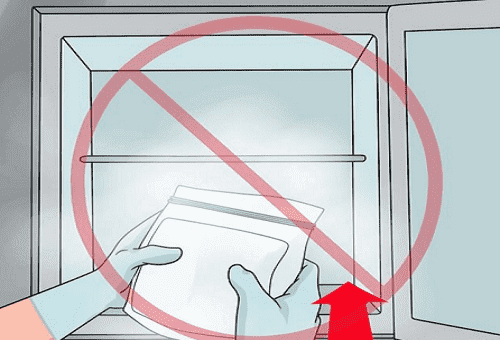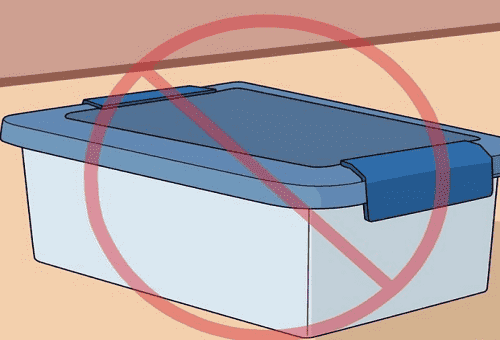How to store dry ice: we select the appropriate capacity and create optimal conditions
If a few years ago, dry ice was used only by ice cream sellers, cooks, bartenders and organizers of celebrations, today the unique properties of the product have found their application at home. If you know how to keep dry ice, you can not worry about the unexpected blackout of the refrigerator and the quality of products prepared for a picnic.
He will help in creating a special atmosphere at the holiday at home, will provide an unusual supply of champagne or dessert. This component has found its application in home cosmetology, but before you introduce it into all areas of your life and decide on original experiments, you should familiarize yourself with the physical properties and characteristics of the composition.
Characteristics and features of dry ice affecting the rules for its storage
Dry ice itself is the most common solid carbon dioxide. Melting, the product passes the traditional phase of liquid formation and immediately turns into gas. This substance combines with air and turns into a thick vapor, which does not have a specific smell.
Tip: At home, it is highly recommended not to use a large amount of dry ice at the same time. The release of a significant amount of carbon dioxide in a confined space can lead to oxygen starvation and provoke a headache and even fainting.
Despite the fact that dry ice can be stored at home, its evaporation will occur constantly and this can not be stopped. For this reason, it is recommended to purchase the product immediately before a significant event or to cook it yourself using the most ordinary fire extinguisher.
Creating optimal conditions for storing dry ice at home
To maximize the life of dry ice at home and maintain its functionality, it is necessary to remember the following points:
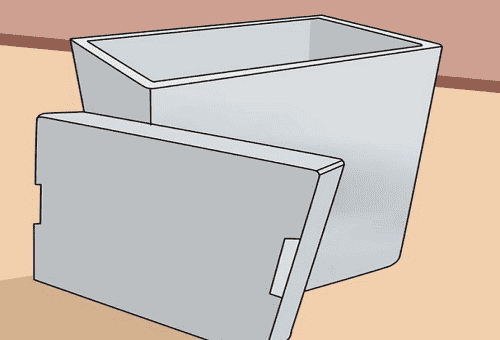
Special container for storing dry ice
- Store the product in special containers. Profile products are made of special impact-resistant plastic or double-walled stainless steel. An additional foam lining prevents the penetration of heat into the tank and for some time the ice is stored literally at its own temperature.
- If it is not possible to purchase such a device, you can limit yourself to a portable refrigerator, it also holds a good temperature.
- In extreme cases, a unique container will have to be built at home, on their own. To do this, we take a box of durable plastic or corrugated cardboard, we lay out the internal surfaces with foam or its innovative analogue, foam. Insulation sheets should be fitted to each other as tightly as possible, the smallest gap will reduce all efforts to zero. We glue the joints with adhesive tape, close the laid lez with a foam sheet and a lid.
- Regardless of the type of construction, you need to put it in the coolest place you can find at home, if the weather is cool, then the balcony will be the best option. The main thing is that this room has good ventilation or is regularly ventilated.
- It is forbidden to keep dry ice in the refrigerator or freezer. Units designed for operation at home do not cope with such extreme temperatures and often fail. An additional minus of the option is a tightly closed door that prevents the release of carbon dioxide.
- Dry ice is strictly forbidden to be stored in an airtight container.Gas will constantly accumulate, which sooner or later will lead to an explosion or severe frostbite on the hands and face of the person who opens the chemical-filled box.
When working with dry ice, you must remember about the features of the product. Despite the apparent harmlessness of a piece of ice, it can cause frostbite on the tissues, so you can not touch it with your bare hands.
It is not recommended to allow children and animals to the object, as even a small fragment of a reagent entering the body can cause serious negative consequences. Before you start using the product, it is better to consult with a professional on all controversial and doubtful points.
